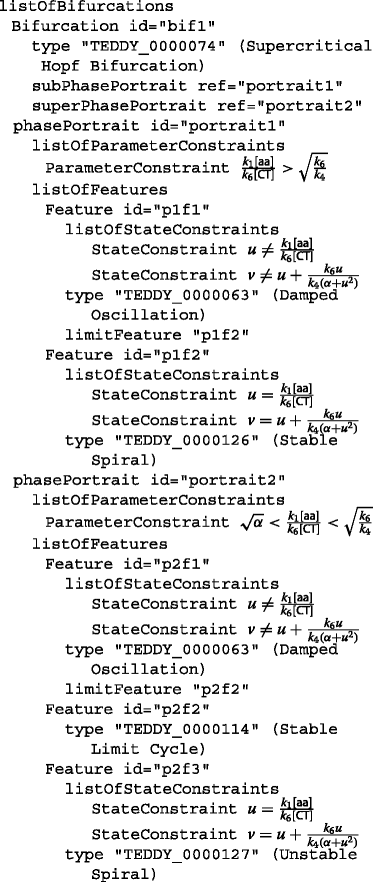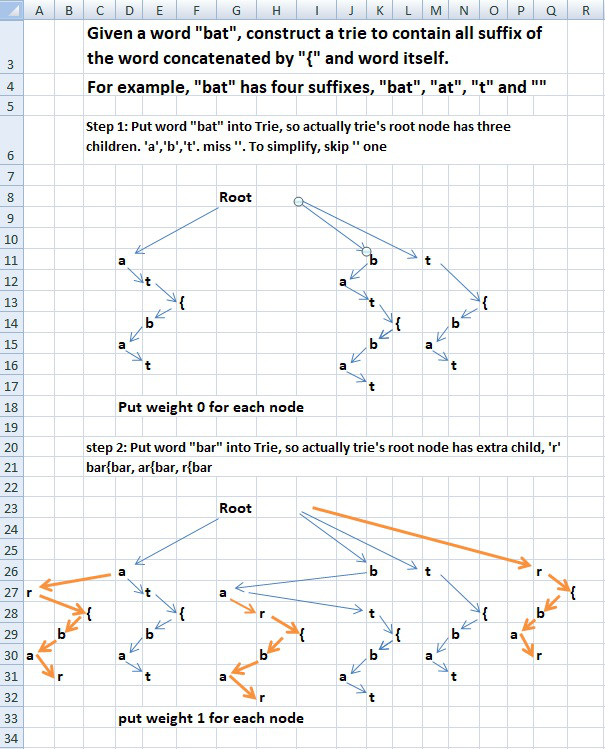

Considering that, it could be argued that Wikicode is indeed a regular language. Some of the tokens need to be placed in a certain place (such as those which need to go at the beginning of a line), but otherwise tokens may appear in any place of the document, regardless of the context. The Wikicode is composed of many tokens for formatting, title description, text linking or list representation. Wikicode is, as many other computer languages, a context-free language. Natural languages are clearly more restrictive than classical context-free computer languages (such as C or Java), for it is true that a word may or may not be appropriate in a certain place depending upon the context. Not in vain, Chomsky conceived context-sensitive grammars as a way to describe natural language. More on the contrary, context-sensitive grammars' and unrestricted grammars' rules might need some already-generated strings in order to apply certain rules.Ĭontrary to what could be intuitive, context-sensitive grammars can have more restrictive rules. Relaxed in this context means that symbols can be generated in regular grammars without taking into account what has been produced so far. Language generation and grammar type Īs it can be seen in the rule description of each one of the grammars, regular grammars have very relaxed rules, whereas unrestricted grammars are allowed to describe very restraining rules. Inherently ambiguous language: that language that can only be generated by ambiguous grammar.Ambiguous grammar: that grammar producing any string so that it can be generated in more than one way.Context-sensitive language: that which can be generated with a context-sensitive grammar.Context-free language: that which can be generated with a context-free grammar.Parser: it is the program performing this syntactic analysis.Syntactic analysis: it is the process of analyzing a text to determine its grammatical structure with respect to a given formal grammar.type 0 (or unrestricted): when there are no restrictions in the production rules ( α → β).type 1 (or context-sensitive): when all the rules are of the form αAβ → αγβ (being α and β any combination of terminal and nonterminal symbols) or.type 2 (or context-free): when all the rules are of the form A → γ (being γ any combination of terminal and nonterminal symbols).type 3 (or regular): when all the rules are of the form A → a or A → aB (being A and B single nonterminal symbols and a a terminal symbol).According to the Chomsky hierarchy a grammar can be: Formal grammar: it is a set of rules to form strings in a language.To put some light on the topic, it would be useful to first define some concepts: It has been broadly asserted that the Wiki Markup is a context-sensitive language, and therefore that it cannot be expressed with a context-free grammar (such as the those defined with BNF or EBNF).
#BYWORD MARKUP NOTATION CODE#
There might be a many-to-one relationship between source code and parse trees, but the canonical transformation from parse tree to source code should always parse back to the same parse tree. Round-trip conversion between source code and the data should be also possible with a data model. An official XML schema for such a representation may or may not be defined.

The data model should be representable in XML.

The parser might be described using tools such as ANTLR.Īlso a data model for a parse tree can be defined. Where the current parser's behavior is undefined or obviously buggy, the specification may define new behavior which is different. Adding requirements for new behaviour must be well-considered in that respect. In order to avoid breaking existent pages, the specification should preserve present parser behavior that is reasonable and well-defined. Specification might include both grammar description and parser behaviour.Ĭoncerning the grammar description, the specification might use a standard notation such as BNF or EBNF. WYSIWYG editing) could benefit from such a specification. Also, features that are currently either Not Possible or Very Hard (e.g. Future parser implementations can be built from it. Produce a specification of MediaWiki's markup format that is sufficiently complete and consistent.


 0 kommentar(er)
0 kommentar(er)
